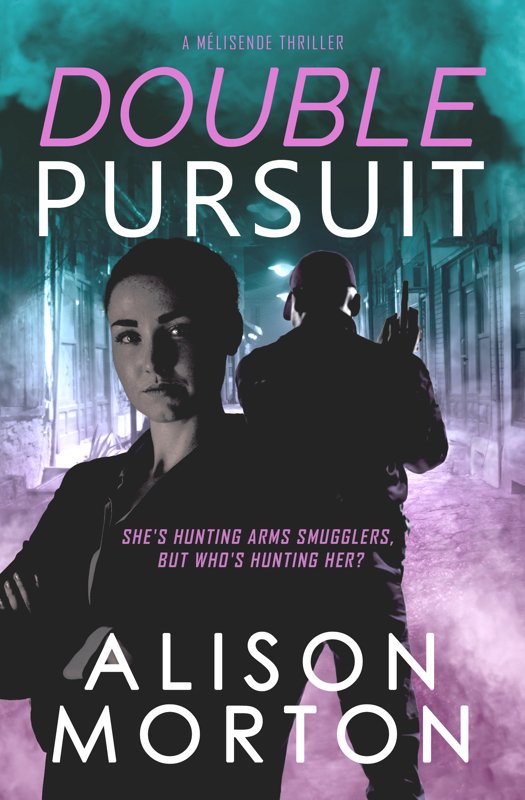Publishing a book is exciting. All those months and months (sometimes years) of hard slog at the keyboard have come to a point. You’ve been through several rounds of editing: your own red-pen-wielding self-edit, your critique partner’s input (mine has the instincts of a velociraptor) and the professional copy edit. You’ve commissioned a beautiful cover that conveys something intrinsic about your story to induce the potential buyer to pick it up or click on it.
And here it is. In my case my eleventh novel. By now, I have an idea of how to put my stories together. They’re thrillers, so I use the traditional structure: inciting incident, three crisis/turning points, the black moment where everything falls apart, the climax and the resolution.
I like to keep my readers on their toes, so I shoot through the standard twists and turns with curveballs, decoys and gambits, mainly because that’s the sort of thing I enjoy reading.
But there’s a bit of a problem with that…
Writing the first book of my Roma Nova series in 2012, I became so engrossed in producing the story that I inadvertently put events in the wrong sequence or found myself introducing one character to another I’d killed off three chapters before. Luckily, I had avoided that old cliché – the eleventh month pregnancy.
My heroine was going on a long journey: not just physical but personal, emotional and empowering. I desperately needed some way of tracking all these different and interwoven threads; not only the action but also its timing.
Although I was a computer geek, I rejected using a spreadsheet like Excel. I didn’t need all those columns. So I developed a grid in MS Word which tracks timeline, summarises the scenes in each chapter and where I could note down the word count for each chapter. (I rather pompously called it ‘structure analysis’ at the time and the name has stuck – sorry.)
Entering the details after each day’s writing not only kept the grid up to date, but also made me re-examine the coherence of the plot. These days, I enter the details at the beginning of the next session’s writing as it reminds me of the action and context of what has gone before.
The added bonus is that the completed grid is invaluable for reviewing, editing and revising the first draft. Plot holes jump out and poke you (figuratively) in the eye. You can then sort them out before they become embarrassing.
Is this still necessary eleven books and nine years later?
YES! In Double Pursuit, my latest, my heroine travels all over the place: Poitou, Rome, Brussels, Strasbourg, Montpellier, Tilbury and the African Sahel. She makes progress, has setbacks, has useful conversations and arguments with her lover, gathers titbits of intelligence, and works out strategies. Clues have to be laid at specific points – not so soon it spoils the story and not so late that it looks as if the villain has been ‘parachuted’ in near the end.
Thrillers, especially crime thrillers and spy stories, are necessarily convoluted, so the author needs to remember who said what to whom, or who did what to whom, and the decisions taken at one point in the story that affect another. I have a good memory, but I’m not Mr Spock from Star Trek. And you’ll be pleased to know I’m using it for my current work in progress and even halfway through I’ve been able to prevent some horrible plot holes. The velociraptor critique partner I mentioned at the beginning reports that she uses the grid religiously when writing her own novels and admits it’s saved her much embarrassment on many an occasion! I couldn’t possibly comment…
If you’d like to try it, you can find an empty grid and a sample, part-filled grid in the files area on my writing blog. Please feel free to download and use them.
Happy writing!
About Alison:
Alison Morton writes award-winning thrillers featuring tough but compassionate heroines. Her nine-book Roma Nova series is set in an imaginary European country where a remnant of the ancient Roman Empire has survived into the 21st century and is ruled by women who face conspiracy, revolution and heartache but with a sharp line in dialogue.
She blends her deep love of France with six years’ military service and a life of reading crime, historical and thriller fiction. On the way, she collected a BA in modern languages and an MA in history.
Alison now lives in Poitou in France, the home of Mélisende, the heroine of her latest two contemporary thrillers, Double Identity and Double Pursuit. Oh, and she’s writing the next Roma Nova story.
About Double Pursuit:
One dead body, two badly injured operatives and five crates of hijacked rifles.
She’s hunting arms smugglers. But who is hunting her?
In Rome, former French special forces intelligence analyst Mélisende des Pittones is frustrated by obnoxious local cops and ruthless thugs. Despite the backing of the powerful European Investigation and Regulation Service, her case is going nowhere. Then an unknown woman tries to blow her head off.
As Mel and fellow investigator Jeff McCracken attempt to get a grip on the criminal network as well as on their own unpredictable relationship, all roads point to the place she dreads – the arid and remote African Sahel – where she was once betrayed and nearly died. Can Mel conquer her fear as she races to smash the network and save her colleague’s life?
Where to buy Double Pursuit:
Amazon
Kobo: https://www.kobo.com/fr/en/ebook/double-pursuit
B&N Nook: https://www.barnesandnoble.com/w/double-pursuit-alison-morton/1140156361?ean=2940162379614
Books2Read: https://books2read.com/DoublePursuit
Paperback: https://www.alison-morton.com/books-2/double-pursuit/where-to-buy-double-pursuit/
Connect with Alison:
Connect with Alison on her thriller site: https://alison-morton.com
Facebook author page: https://www.facebook.com/AlisonMortonAuthor
Twitter: https://twitter.com/alison_morton @alison_morton
Alison’s writing blog: https://alisonmortonauthor.com
Instagram: https://www.instagram.com/alisonmortonauthor/
Goodreads: https://www.goodreads.com/author/show/5783095.Alison_Morton
Alison’s Amazon page: http://Author.to/AlisonMortonAmazon
Newsletter sign-up: https://www.alison-morton.com/newsletter/




